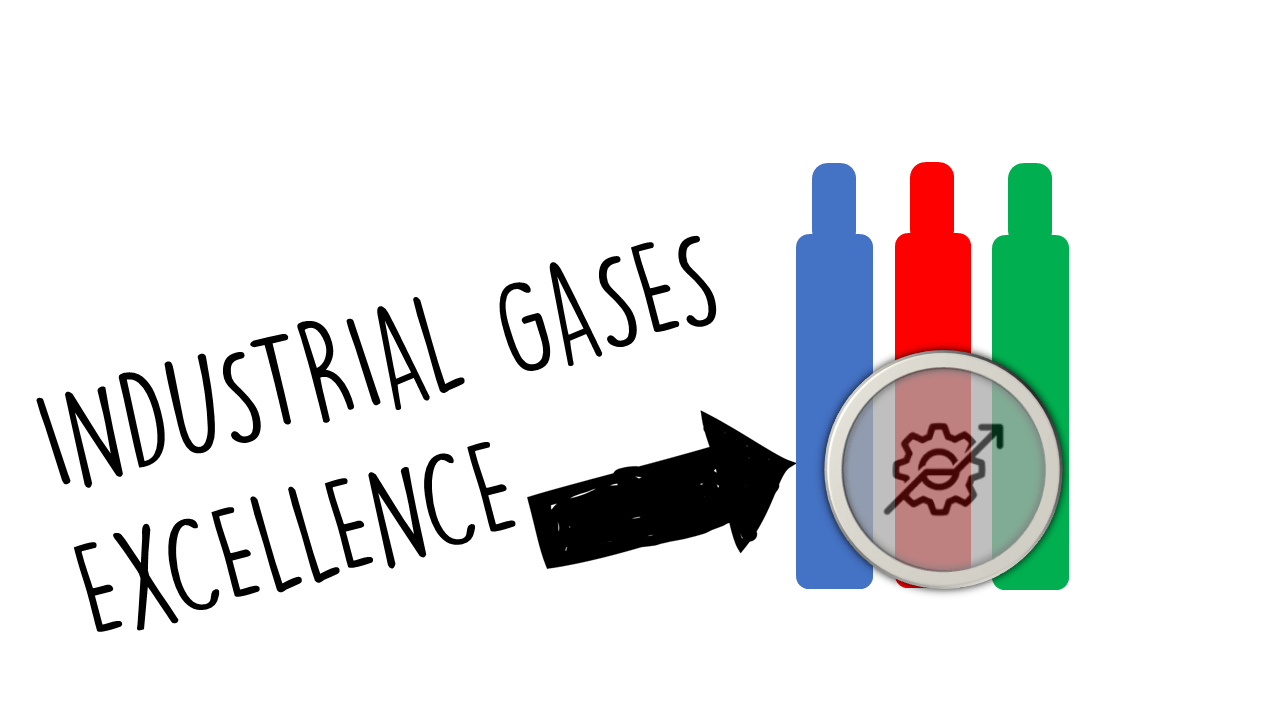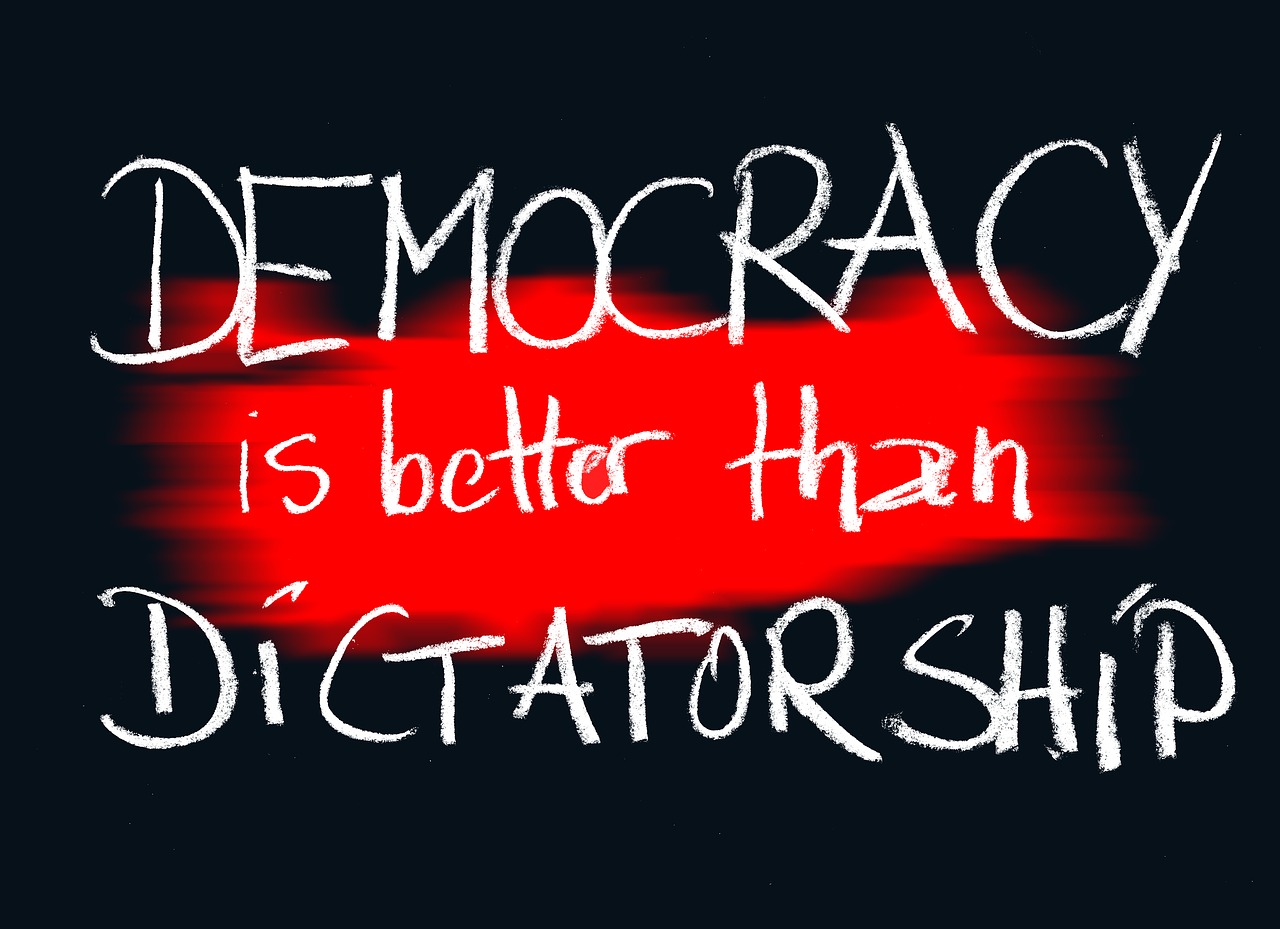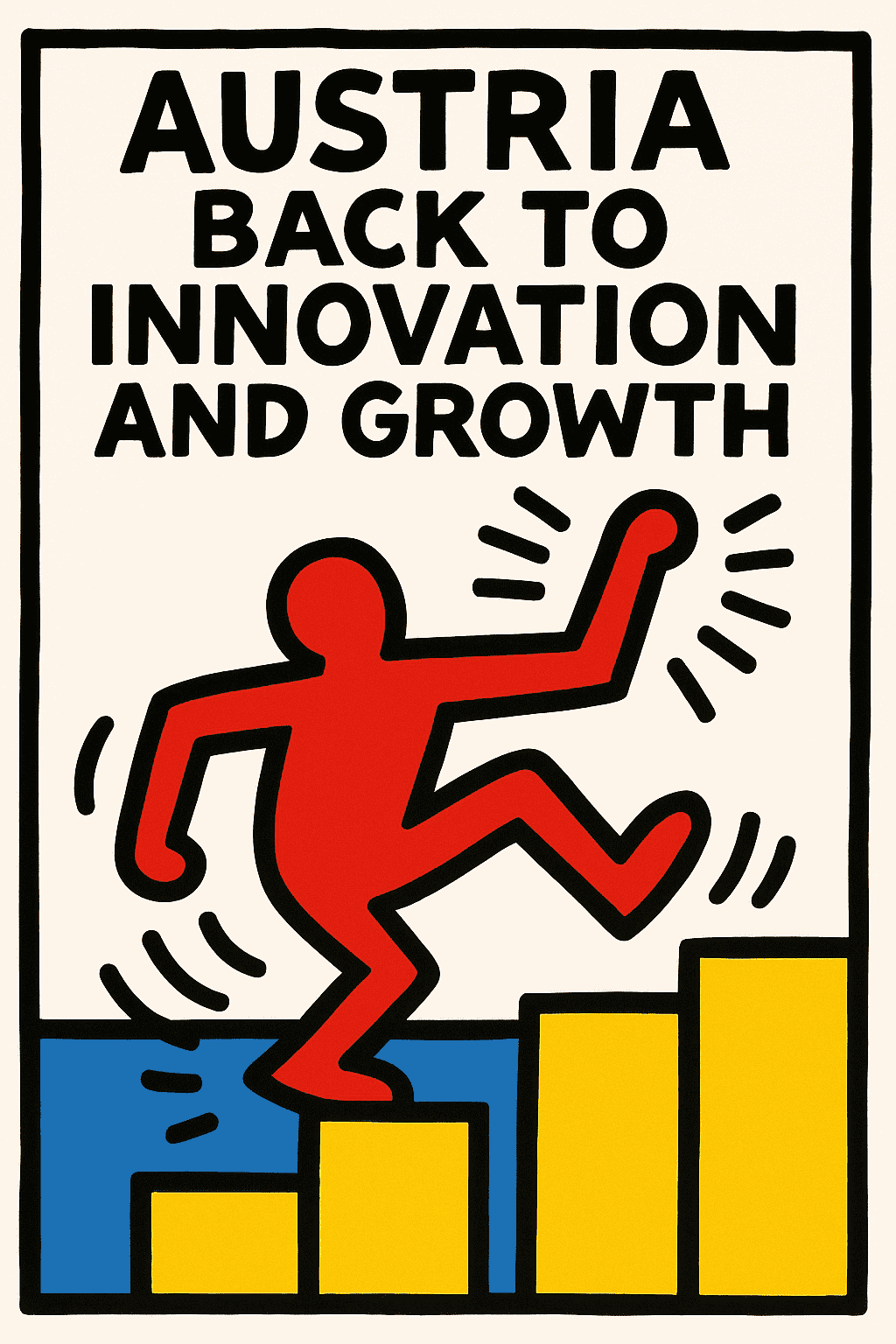Definition: The “Layer Player” in the context of industrial gases refers to the multiple facets and competencies that an organization must develop and manage to excel in this industry. It involves understanding the various layers of operations, technology, customer engagement, and regulatory compliance.
- Layer1: Operational Efficiency Focus on optimizing production, distribution processes, and logistics. Implementing lean practices and cost-saving initiatives is key.
- Layer 2: Technological Advancement Invest in advanced manufacturing technologies, automation, and data analytics. Embrace innovations like Internet of Things (IoT) for monitoring and AI for predictive analysis.
- Layer3: Customer-Centric Solutions Develop customized gas solutions that meet specific industry requirements. Enhance the customer experience by fostering deep relationships and understanding their needs.
- Layer4: Sustainability Integration Align with global sustainability trends by focusing on reducing emissions, exploring alternative and renewable gases, and participating in the circular economy.
- Layer5: Regulatory and Compliance Management Establish a rigorous framework to adhere to ever-evolving local and international regulations. Ensure safety, environmental, and health compliance.
Framing
Framing involves establishing a clear perspective on the current state of the industry and identifying existing strengths and weaknesses. This includes:
- Market Analysis: Understanding current trends, customer needs, and competitive landscape.
- Value Proposition: Defining how different layers within the organization contribute to overall value delivery to customers.
- Internal Assessment: Evaluating operational capabilities, technological readiness, and workforce skills.
Re-Framing
Re-framing involves challenging the existing paradigms and adopting new approaches to enhance competitiveness:
- Innovation as a Core Value: Shift from merely providing gases to being a solutions provider that offers tailored services, focusing on customer outcomes.
- Sustainability as a Strategic Driver: Move from viewing sustainability as a compliance requirement to embracing it as a critical business strategy that drives growth and market differentiation.
- Ecosystem Collaboration: Encourage partnerships across the supply chain, technology providers, and research institutions to foster innovation and share risks.
Actions
- Invest in Technology: Implement advanced manufacturing processes, AI, and IoT solutions to improve operational efficiency and reduce costs.
- Change Management Program: Develop a comprehensive program to guide the workforce through technological changes and shifts in operational practices.
- Customer Engagement Initiative: Create platforms for continuous customer feedback, ensuring service and product offerings continuously evolve to meet market demands.
- Sustainability Framework: Establish a sustainability roadmap with clear targets for emissions reduction, recycling, and the adoption of low-carbon technologies.
- Risk Management Strategies: Enhance risk management frameworks to adapt to fluctuating market conditions and regulatory changes.
Case Studies
1. Linde AG
- Focus: Integrated sustainability and operational efficiency.
- Action: Invested in hydrogen infrastructure and renewable energy sources.
- Outcome: Positioned as a leader in green hydrogen production, gaining a competitive edge in sustainability-focused markets.
2. Air Products and Chemicals, Inc.
- Focus: Customer solutions and innovative technologies.
- Action: Launched a platform for the development of advanced materials using their gases.
- Outcome: Strengthened relationships with key customers in various industries, leading to increased sales and market share.
3. Air Liquide
- Focus: Driving digital transformation.
- Action: Developed digital tools for customers to monitor their gas usage and optimize supply.
- Outcome: Enhanced customer satisfaction and operational efficiency, resulting in increased loyalty and contract renewals.
4. Praxair/Linde
- Focus: Efficiency and compliance.
- Action: Implemented a global compliance program to ensure adherence to varying regulations.
- Outcome: Reduced risks associated with non-compliance and improved reputation in sustainability ratings.
Conclusion
Achieving excellence in the industrial gases sector requires a multi-layered approach that aligns operational efficiency, technological advancement, customer-centric solutions, sustainability, and compliance.
By effectively framing and re-framing the challenges and opportunities within the industry, companies can develop actionable strategies that position them as leaders in innovation and service.
Leveraging case studies of industry leaders provides valuable insights and best practices that others can emulate to drive their own success in this competitive field. Embracing a layered strategy will not only enhance operational performance but also foster a resilient and sustainable business model ready for future challenges.




